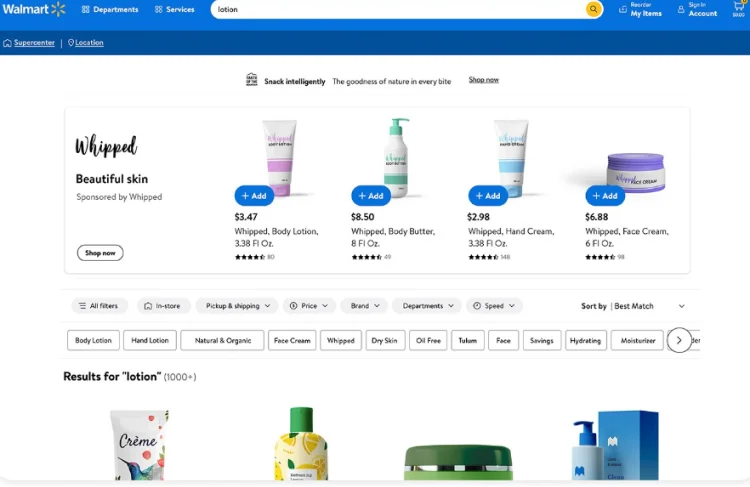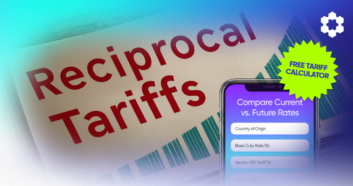
As one of the largest retail giants in the world, Walmart has always been a go-to destination for shoppers. However, in recent years, Walmart has opened up its doors to third-party sellers, giving them the opportunity to sell their products on Walmart Marketplace. With the growing popularity of online shopping, this can be a great opportunity for small and medium-sized businesses to expand their reach and increase sales. In this article, we will provide a comprehensive guide on how to sell on Walmart Marketplace in 2023.
Understanding Walmart Marketplace

Walmart Marketplace is an online platform that allows third-party sellers to list their products on the Walmart website. Walmart is currently the third-largest online marketplace in the US, with over 100 million unique visitors every month. By selling on Walmart Marketplace, you can leverage Walmart’s massive customer base and reach a wider audience.
Requirements for Selling on Walmart Marketplace
Before you start selling on Walmart Marketplace, there are certain requirements that you need to fulfill. These requirements include:
- A US-based business with a US tax identification number.
- A US-based warehouse to store and fulfill orders.
- A product catalog with a minimum of 10 unique SKUs.
- Competitive pricing for your products.
- A high level of customer service and seller performance metrics.
How to Create a Walmart Marketplace Account
Before you can start selling on Walmart Marketplace, you’ll need to create an account. Here’s how:
- Go to the Walmart Marketplace website and click on “Apply Now.”
- Fill out the application form with your business information, including your Tax ID, banking information, and product categories.
- Submit your application and wait for approval from Walmart.
It’s important to note that Walmart has strict requirements for sellers, including competitive pricing, reliable shipping, and high-quality customer service. Make sure to familiarize yourself with Walmart’s seller policies before you start selling.
Listing Your Products on Walmart Marketplace

Once your account is approved, it’s time to start listing your products on Walmart Marketplace. Here’s how to do it:
- Log in to your Walmart Marketplace account.
- Click on “Add New Item” and enter your product information, including product name, description, images, and price.
- Select the appropriate category for your product.
- Set your inventory and shipping options.
- Submit your listing for review.
Walmart will review your listing and may request additional information or changes before it is published on their website.
FBA vs. WFS: The Similarities and Differences
Amazon Fulfillment by Amazon (FBA) and Walmart Fulfillment Services (WFS) are both third-party fulfillment services that allow sellers to store their inventory in a warehouse and have it shipped directly to customers. However, there are some key differences between the two services:
- Pricing: FBA charges a per-item fulfillment fee, while WFS charges a storage fee based on the size of the product.
- Shipping: FBA offers two-day shipping for Prime customers, while WFS offers free two-day shipping for all customers.
- Eligibility: FBA is open to all Amazon sellers, while WFS is currently only available to select Walmart Marketplace sellers.
Ultimately, the choice between FBA and WFS depends on your business needs and goals.
How to Sell Using Walmart Fulfillment Services
If you decide to use Walmart Fulfillment Services (WFS), here’s how to get started:
- Sign up for WFS and send your inventory to a Walmart Fulfillment Center.
- Once your inventory is received and processed, Walmart will fulfill orders on your behalf.
- Monitor your inventory levels and restock as needed.
It’s important to note that using WFS requires adherence to Walmart’s strict performance standards, including on-time shipping, accurate tracking, and low cancellation rates.
Should You Sell on Amazon.com and Walmart.com?
While Amazon.com and Walmart.com are both popular online marketplaces, there are some key differences to consider when deciding whether to sell on one or both platforms:
- Audience: Amazon.com has a larger customer base, while Walmart.com attracts more budget-conscious shoppers.
- Fees: Amazon.com charges a referral fee and fulfillment fees (if using FBA), while Walmart.com charges a referral fee and a WFS storage fee (if using WFS).
- Competition: Amazon.com has more competition among sellers, while Walmart.com has fewer sellers but also fewer customers.
Ultimately, the decision to sell on Amazon.com, Walmart.com, or both depends on your business goals and target audience.
Conclusion
Selling on Walmart Marketplace can be a profitable venture for online sellers, and Wallysmarter can be a valuable tool to help you achieve success in your Walmart seller journey. With Wallysmarter you can efficiently manage your Walmart store. By following Walmart’s strict seller policies and providing reliable fulfillment and customer service, you can gain the trust of Walmart’s customers and build a successful business on the platform. With the help of Wallysmarter, you can optimize your product listings for better search rankings, monitor your performance metrics, and take advantage of Walmart’s advertising services to increase your product visibility. Overall, Wallysmarter can be a valuable partner for any seller looking to sell on Walmart Marketplace and reach a wider audience of potential customers.




